Find our research and publications to learn more about workplace gender equality.
WGEA publications
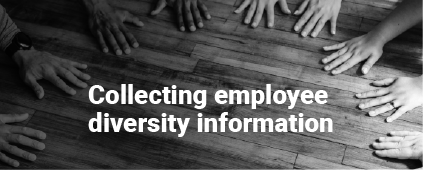
WGEA’s guidance on collecting diversity data helps you gather information safely and respectfully, giving you the evidence you need to drive real change.
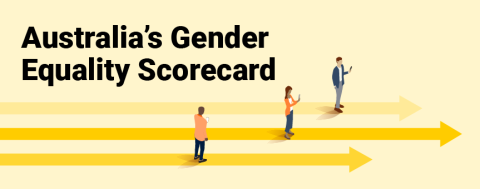
See the key findings from the latest reporting period in gender segregation, pay gaps, women in leadership and more.
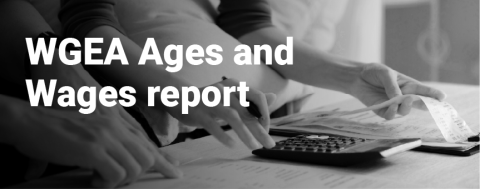
Understand how the gender pay gap impacts women and men at different ages, and how employer interventions at critical times can reduce the gap and improve the ability of women to earn and save for retirement.
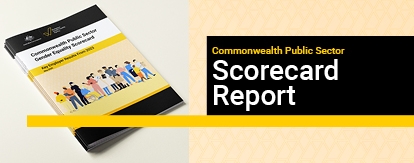
Read WGEA's latest Commonwealth Public Sector Gender Equality Scorecard.
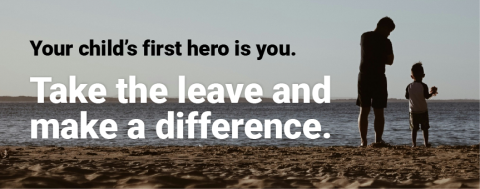
Parental leave for men
WGEA's review of the evidence and research reveals 7 key actions employers can take to ensure all parents have fair and equal access to parental leave.

WGEA has published the 2023-24 employer gender pay gaps of 7,800 private sector employers and 1,700 corporate groups.
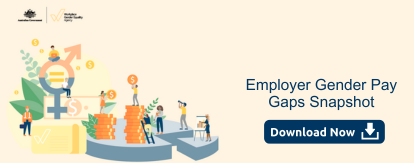
WGEA’s latest analysis compares employer gender pay gaps by industry, industry-type, business size and the role of women in leadership.

This new research paper summarises the effects of the legislative requirement to publish employer gender pay gaps in the UK.
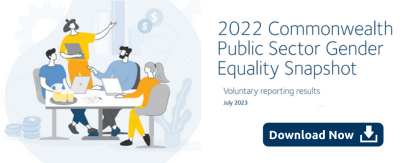
The 2022 Commonwealth Public Sector Gender Equality Snapshot is the first look at WGEA reporting of gender equality in the public sector.
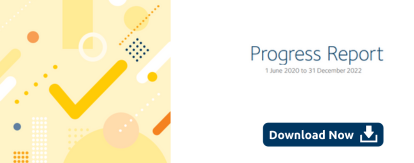
Find out how Australia progressed in relation to the gender equality indicators during 2020-2022.

A lack of part-time manager roles for women can also stem from a significant gender pay gap at manager levels. Read the full literature review.
Joint publications
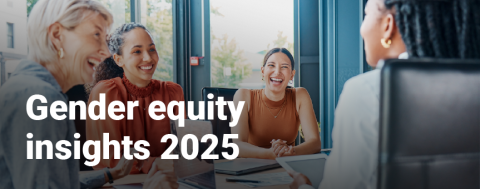
Access and download all nine reports in the BCEC | WGEA Gender Equity Insights series. The 2024 report explores the state of part-time employment and flexible working arrangements in Australia.
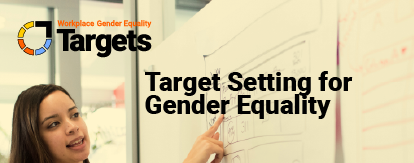
Dr Leonora Risse's research paper Target Setting for Gender Equality: A Review of the Literature summarises the evidence behind setting targets for improving workplace gender equality.
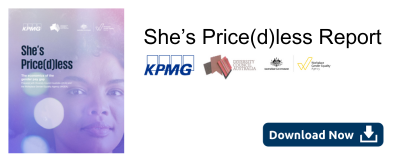
Progress on closing the gender gap in Australia has stalled.
Fact Sheets
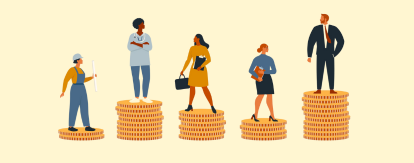
What is the gender pay gap? How do you calculate it? And how big is it really?

WGEA will expand the publication of employer gender pay gaps to include new information. Find out the details here.
WGEA Submissions

In May 2024, the Workplace Gender Equality Agency (WGEA) presented a submission to the ASX Corporate Governance Council.

Download WGEA's latest parliamentary submissions.